Our Origin
Restoration
The idea of a fire museum began in 1972 when a group of 12 fire buffs formed the Western Reserve Fire Buff’s Association (WRFBA). This was a diverse group of people interested in firefighting, fire apparatus, and fire history. The goal was to share these interests with others through programs and events held throughout the year, with the long term goal of someday creating a fire museum in Northeast Ohio. To extend their outreach they became a member of the International Fire Buffs Association and a chapter of the Society for the Preservation and Appreciation of Antique Motor Fire Apparatus in America (SPAAMFAA). In 1992 WRBA hosted an IFBA convention that drew over 300 attendees and the profit from this event provided the seed money to start the planning for a future fire museum.
A separate additional 501(c) 3 non-profit Ohio Corporation was formed under the name of the Western Reserve Fire Buffs Foundation and in 1998 the name was changed to the Western Reserve Fire Museum at Cleveland, Inc. (WRFM). This name was selected to incorporate the goal of the original planners to include all the communities within the land of the old Western Reserve of Connecticut in the scope of this project.
In 2002 Cleveland Fire Station No.28 and the Fire Alarm Dispatch Center closed. Fire Chief Kevin Gerrity, along with the Safety Director and the City Council representative for the station’s district, encouraged WRFM to make a formal proposal to the City Administration. Chief Gerrity had already given some the Museum some working space in Station 28. In 2003 an agreement was reached for a long term lease, but the Museum would be responsible for all improvements. The building needed a lot of cosmetic and structural work to bring it up to code and ADA compliant. The initial architectural estimate was $3 million and that did not include any exhibits or displays.
An appeal was made to the Cleveland firefighters and they responded by setting up a payroll deduction program. In addition many offered to donate their time and trade skills (demolition, electrical, plumbing & more). Appeals also made to surrounding suburbs and payroll deduction was also initiated in those locations as well.
With the help of grants and in-kind donations work began. The building got a new roof and a much needed cleaning, 65 year’s worth of dirt and grime. Inside demolition began to remove walls, old wiring and plumbing. Architectural plans were drawn.
Structural engineers determined that the apparatus bay floor had severely deteriorated and would need to removed and replaced. So, the old floor was cut up and removed. Forms were installed and new concrete poured. The subway white tiles walls were in good condition. However, the ceiling lights were replaced with original style “schoolhouse” lights.
ADA rules necessitated the installation of an elevator to reach the basement and second floor, as well as, new men’s and women’s bathrooms on the first floor. In order to open the first floor to the public, a smoke detection fire alarm system would need to be installed in the basement and first floor.
Additional demolition was completed on the second floor. Two drop ceilings were removed in the Alarm Office revealing the original skylights. This room houses the original 1926 Gamewell Fire Alarm Telegraph System used by the Fire Department from 1926 to 2002. This room will be the last to be finished and the Gamewell will be restored to ring bells and flash light.
It was necessary to construct create a new front door for the Museum. Our architect, Chuck Miller of Doty & Miller recommended opening the east façade into the original fire station day room. The existing windows were removed and new doors installed. This adaptation of the structure would not destroy the foot print or general appearance of the 1926 building. A canopy with an illuminated sign has been added and a recreation of the original front balcony was built and installed. The shells of two City Gamewell streets boxes have been modified to serve as lighted sconces on each side of the doors. Just recently, 12 windows on the second floor and 8 windows on the first floor have been replaced. These were custom fabricated to look exactly like the original 1926 windows. Three beautiful wood and glass lit display cases have been built in the wall between the dormitory and Alarm Office on the second floor, allowing the Museum to exhibit historic memorabilia viewable from either room. Lastly, replicas of the five original rod iron second floor balconies have seen fabricated and installed along with a replica of the original station 28 lantern that hung from each one.
It has been estimated that over $1.8 million in renovations have been completed to date. Primarily, due to the generosity and support of Cleveland and Suburban firefighters, individuals, foundations, corporations and government grants. Many dedicated firefighters and other individuals continue to volunteer their time, skills, and labor to renovate the building. Corporations have also donated significant in-kind contributions of materials and equipment. This has enabled the Museum to complete much of the building restoration on a very limited budget, with almost no administrative cost.
Since our formation we have primarily operated as a volunteer organization. We currently have two part-time employees, a Museum Administrator and an Education Director. The Museum operates under a Code of Regulations adhering to the American Association of Museum guidelines and a Board of Directors. The Board is comprised of firefighters, business and health professionals, attorneys, judges and civic leaders in the community. A seven-member Executive Committee composed of Board Members handles the day to day operations.
The Museum was able to obtain permanent occupancy on the first floor in December of 2017. We are now open Wednesday – Saturday from 10:00 am to 4:00 pm. The first floor apparatus bay is home to our primary featured exhibit which will rotate annually. The Museum offers fire safety and emergency preparedness programs tailored to all age levels, from preschool to seniors. We can also accommodate those with special needs. A Bullex Fire Extinguisher System is available on site to educate individuals in the proper use of fire extinguishers. There is a Kids Korner where children can read, color, dress up in fire gear and form a bucket brigade to help put out a pretend fire in a miniature house.
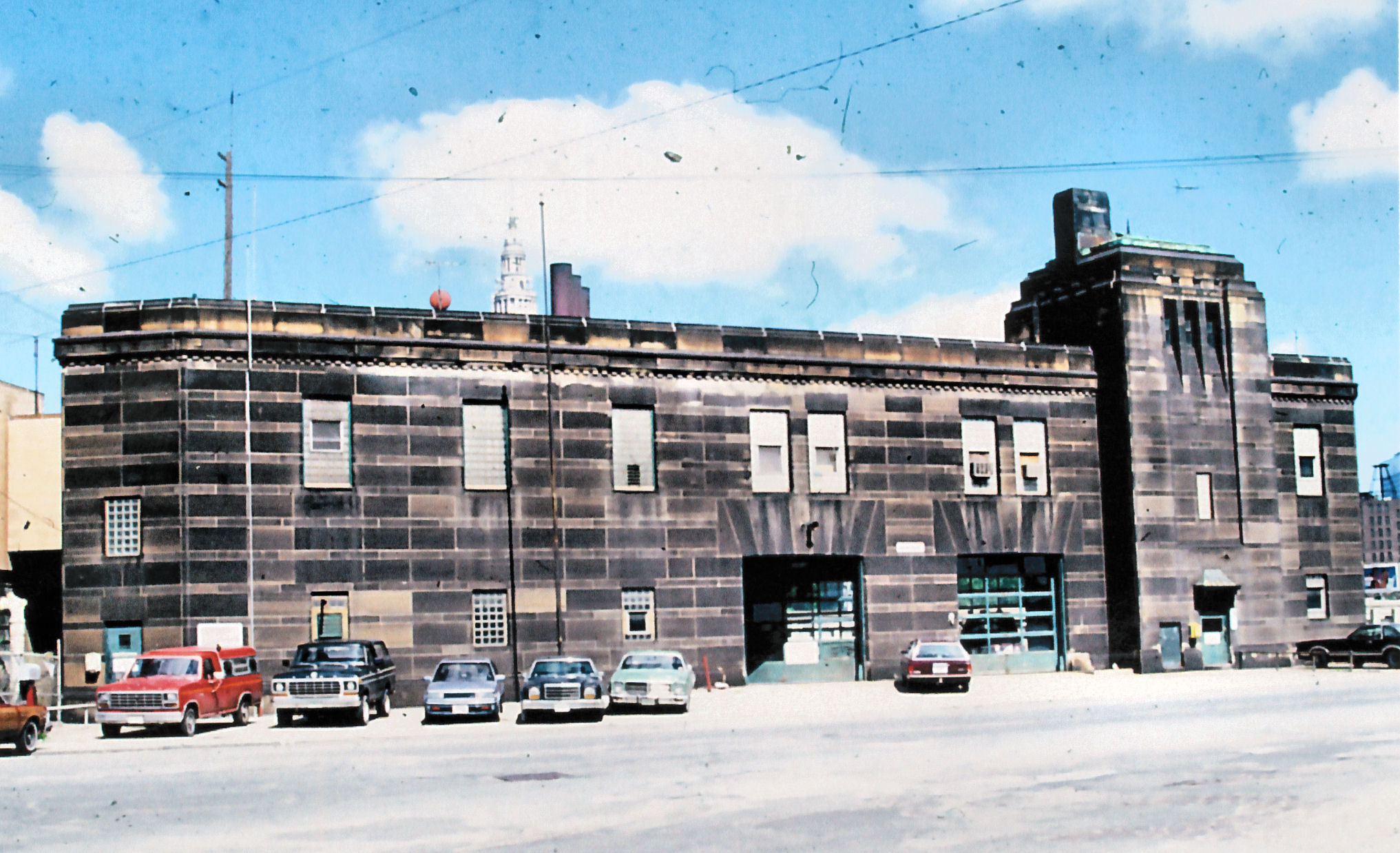
Building Before Cleaning
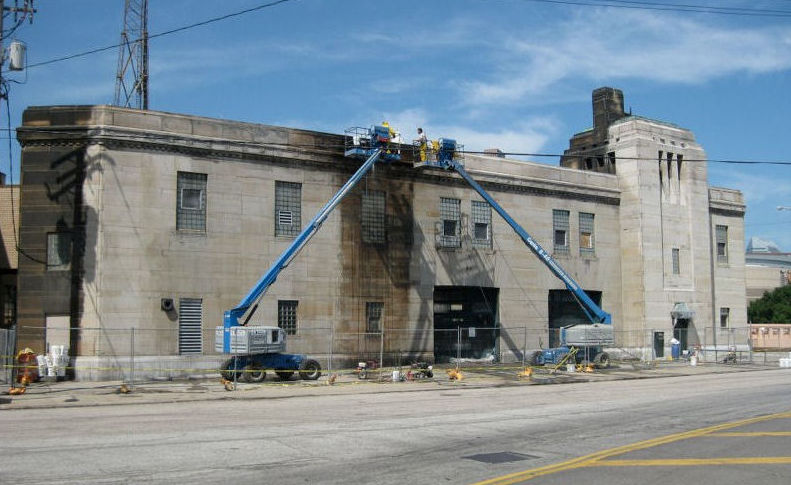
Building Cleaning
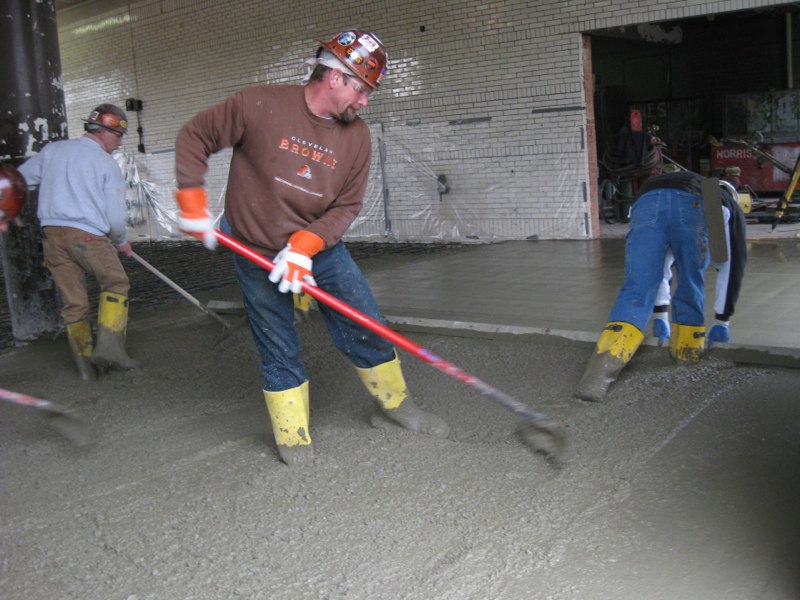
Apparatus Bay Floor
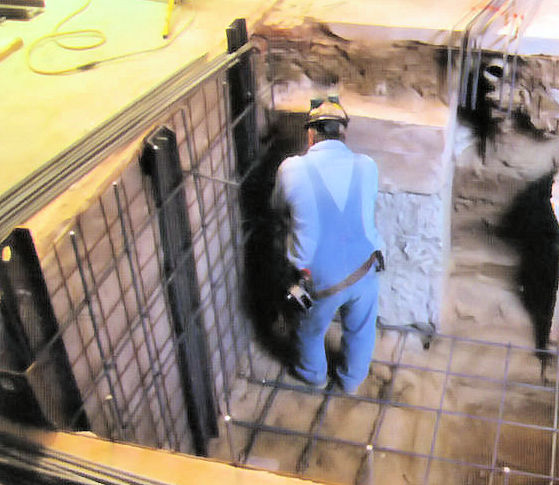
Elevator Pit
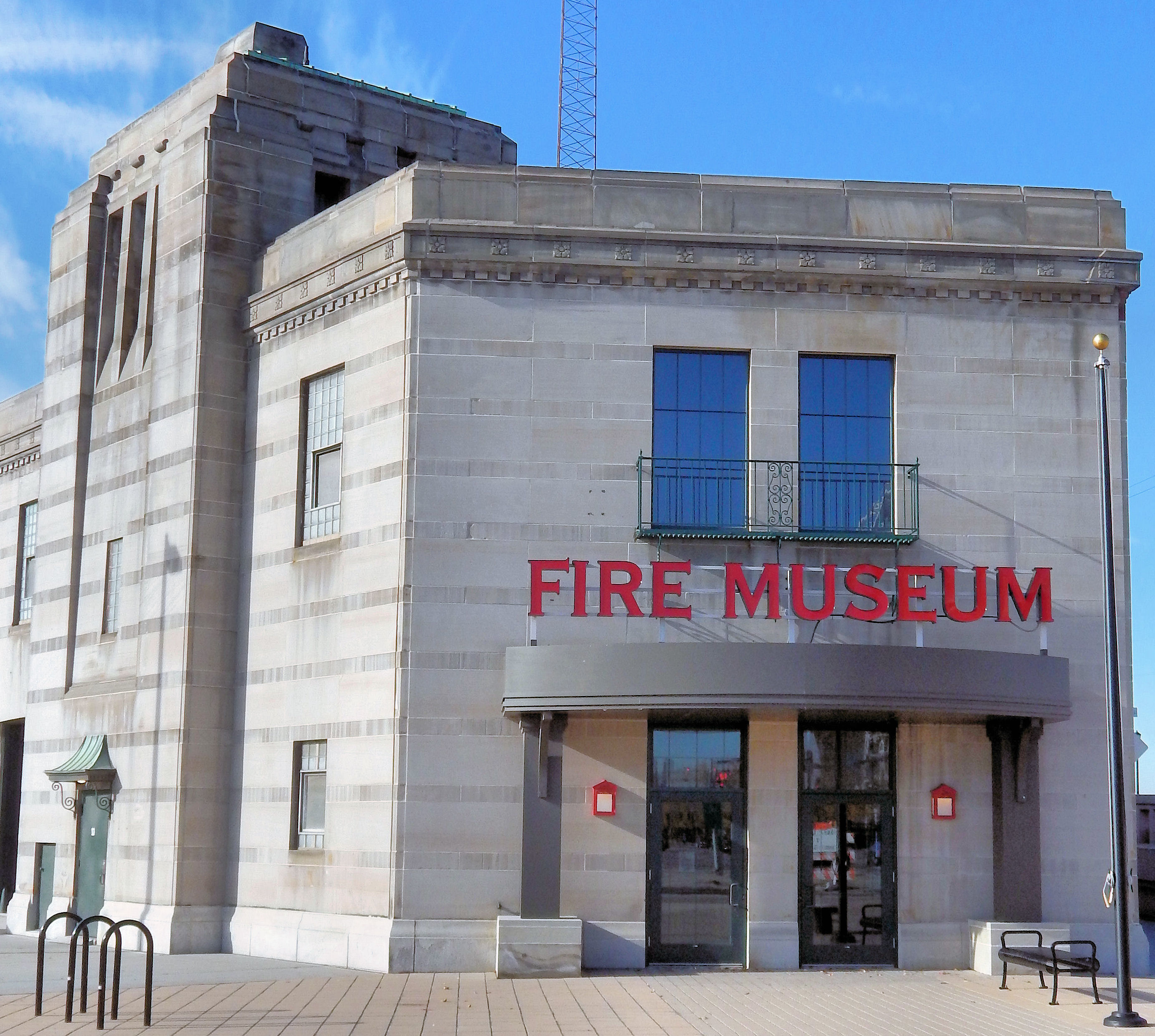
Finished Front
